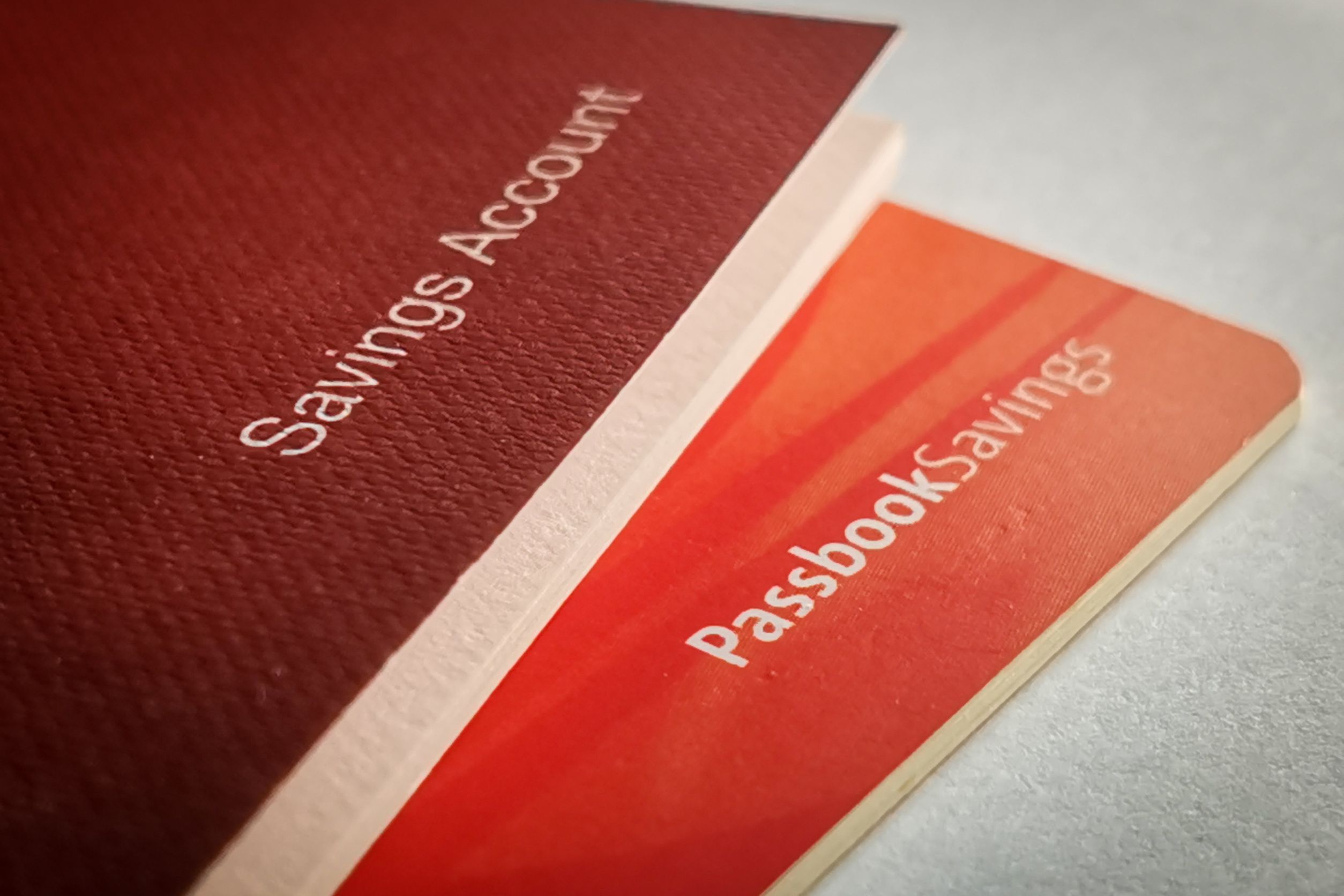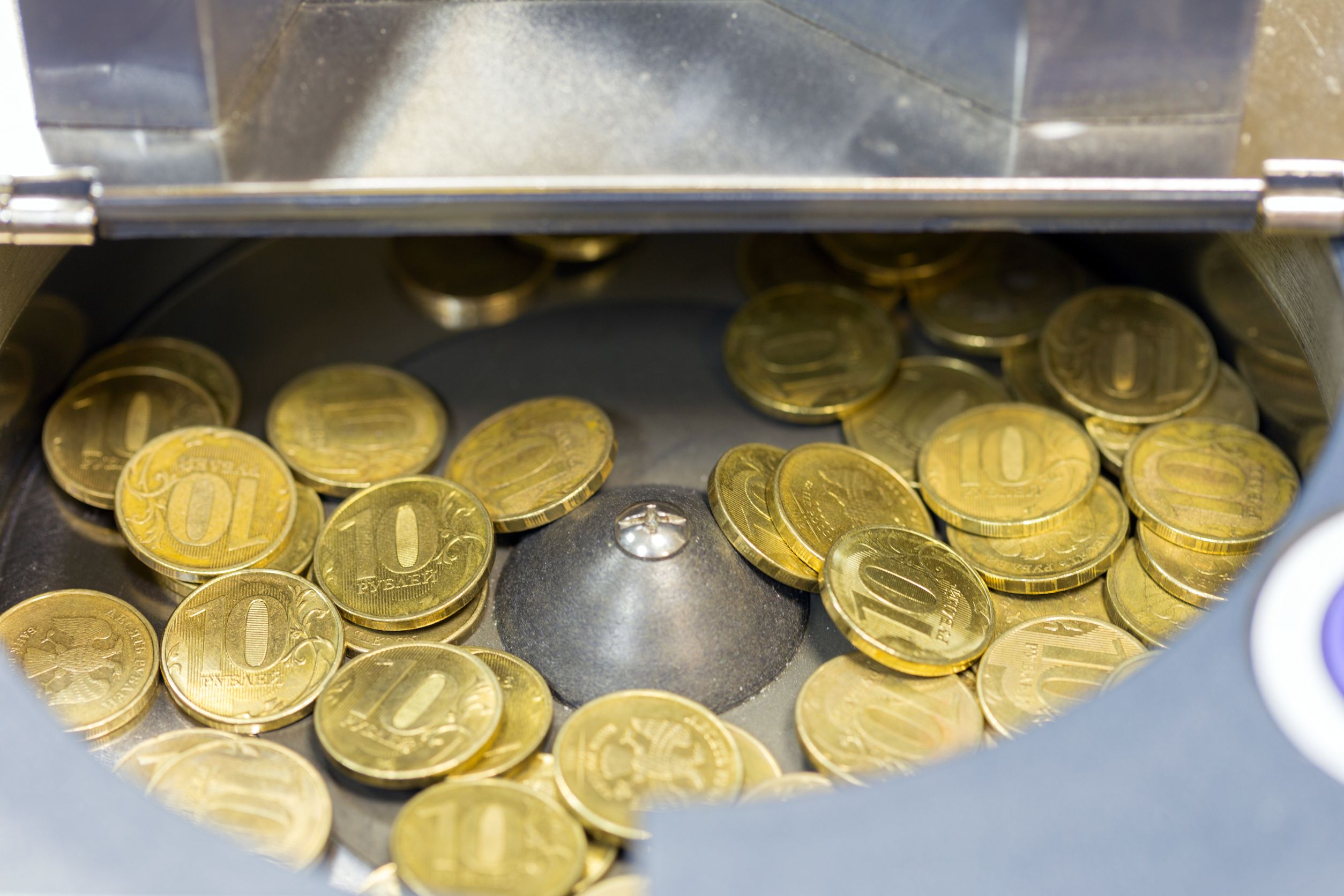Technology has revolutionized the financial world, making many traditional tools obsolete. Over the last two decades, numerous financial tools that were once essential have faded away. Whether due to advancements in digital banking or shifts in consumer behavior, these tools are now relics of the past. Let’s take a look at nine financial tools that have gradually disappeared over the last 20 years.
1. Paper Checks
Once a primary method for transactions, paper checks have seen a dramatic decline. With the rise of online banking, mobile payments, and direct deposits, fewer people rely on them. Many businesses now refuse to accept checks due to the risk of fraud and bounced payments. Millennials and Gen Z consumers often prefer faster and more convenient digital payment options. Banks have even begun phasing out checkbooks for new account holders. As mobile transactions grow, checks are becoming a thing of the past.
2. Manual Budget Ledgers
Before budgeting apps and spreadsheets, people manually recorded their expenses in ledgers. While effective, this method was time-consuming and prone to errors. Financial tools like Mint, YNAB, and QuickBooks have automated expense tracking. AI-driven insights now provide personalized financial advice, replacing the need for handwritten records. With instant categorization and analytics, modern budgeting tools make financial planning easier. Paper ledgers have become a rare sight in the digital age.
3. Physical Stock Certificates
Owning stock used to mean receiving a physical certificate as proof of investment. Today, digital trading platforms and online brokerages have made them unnecessary. Holding physical certificates posed risks like loss, theft, or damage. Electronic records now streamline stock transfers and sales, making investing more accessible. Most brokerage firms exclusively use digital documentation. The shift to online trading has erased the need for paper certificates.
4. Traditional Passbooks
Passbooks were once a staple for tracking savings and transactions at banks. With the introduction of online banking and mobile apps, they have become redundant. Customers now receive real-time updates and digital statements instead of maintaining a physical record. Many banks have stopped issuing passbooks, especially for new accounts. Mobile alerts and instant balance checks have replaced the need for manual updates. The convenience of digital banking has rendered passbooks nearly extinct.
5. ATM Deposit Envelopes
In the past, depositing cash or checks at an ATM required an envelope and manual processing. Modern ATMs now scan and verify deposits instantly, eliminating the need for envelopes. This automation reduces errors and speeds up the availability of funds. Digital deposits via mobile banking apps have further decreased ATM usage. Banks continue to upgrade machines, making envelope deposits obsolete. The future of banking leans towards fully paperless transactions.
6. Traveler’s Checks
Traveler’s checks were once essential for secure international travel. With the rise of credit cards, prepaid travel cards, and mobile payment solutions, their demand has plummeted. Most businesses now accept cards and digital wallets, reducing the need for traveler’s checks. Exchange rates and processing fees also made them less appealing. Some banks still issue them, but they are rarely used. The convenience of electronic payments has overtaken this once-popular financial tool.
7. Coin Counting Machines at Banks
Many banks once offered free coin-counting services for customers. As digital payments increased, cash and coins became less popular, leading to the removal of these machines. Third-party kiosks, often charging fees, have replaced free in-bank coin counters. Fewer people carry or use coins in daily transactions. Mobile payment apps have made small changes virtually irrelevant. The decline in cash usage has led to the disappearance of coin-counting services at most banks.
8. Credit Card Imprinters
Before electronic card readers, businesses used credit card imprinters to make carbon-copy transactions. These machines, often called “knuckle busters,” were common in stores and restaurants. The widespread use of chip readers, contactless payments, and online transactions has eliminated their need. Businesses prefer digital transactions for security and efficiency. Imprinters are now mostly found as backup systems for rare emergency situations. The evolution of payment processing has left them in the past.
9. Payday Loan Stores
Payday loan stores were once a go-to for quick cash advances, but digital lending has made them less common. Online lending platforms now offer faster and more transparent loan options. Many states have introduced stricter regulations, limiting their operations. Alternative financial tools, such as earned wage access apps, provide better solutions. Traditional banks and credit unions have expanded short-term loan services. As financial literacy grows, more consumers are avoiding high-interest payday loans.
The Digital Age Has Reshaped Finance
The disappearance of these financial tools highlights how technology has transformed the way we manage money. Digital banking, mobile apps, and fintech innovations have made transactions faster, safer, and more convenient. While nostalgia may linger for some traditional methods, the shift to digital finance continues to accelerate. Understanding these changes can help individuals and businesses adapt to modern financial tools. Staying informed ensures better financial decision-making in an ever-evolving landscape. The future of finance is digital, and there’s no turning back.



